what kind of glass container is this??
stacisantiques
13 years ago
Related Stories
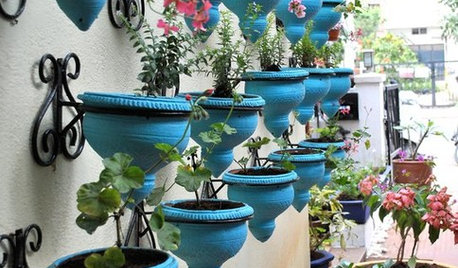
GARDENING AND LANDSCAPINGOne-of-a-Kind Ways With Planters
Bright colors, unusual shapes, unexpected uses ... these unique ideas for container plantings with personality may just grow on you
Full Story
ACCESSORIESCollective Wisdom: Display Ideas for Collections of All Kinds
Show your interests without exposing clutter by going for artful arrangements with a unified feel
Full Story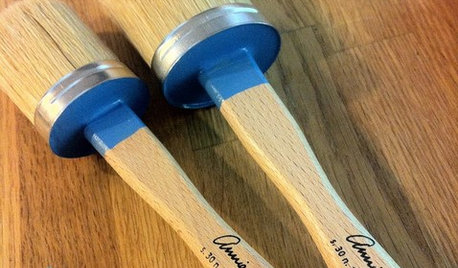
PRODUCT PICKSGuest Picks: Handy Finds for Painting Projects of All Kinds
Make over rooms and furniture more easily and with better results with the right paint and gear
Full Story
KITCHEN APPLIANCESLove to Cook? You Need a Fan. Find the Right Kind for You
Don't send budget dollars up in smoke when you need new kitchen ventilation. Here are 9 top types to consider
Full Story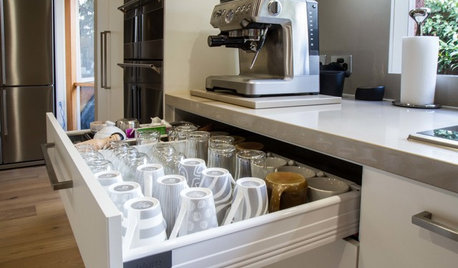
KITCHEN DESIGNToday’s Coffee Stations Have All Kinds of Perks
Some of these features are so over the top that they will give you a jolt
Full Story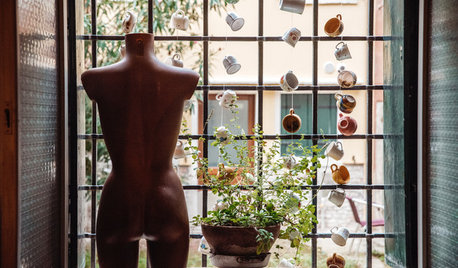
HOMES AROUND THE WORLDMy Houzz: In Italy, a Kind of Design Poetry Amid Books and Mannequins
This Venetian writer-professor’s apartment is its own magical universe of objects, creativity and memories
Full Story
FARM YOUR YARDHouzz Call: Show Us Your One-of-a-Kind Chicken Coops
Do you have a fun or stylish backyard shelter for your feathered friends? Post your pictures and stories in the Comments!
Full Story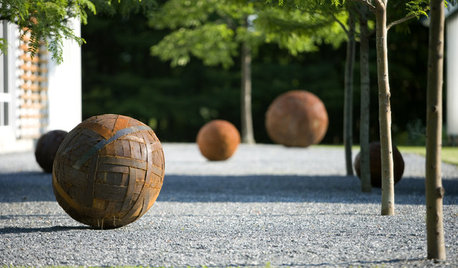
LANDSCAPE DESIGNWhat Kind of Gardener Are You? Find Your Archetype
Pick from our descriptions to create a garden that matches your personality and tells your story
Full Story
FEEL-GOOD HOME10 Kinds of Flowers and Foliage for Modern Spaces
Match the plant to the feeling you want to evoke, be it fun, rustic, tropical or romantic
Full Story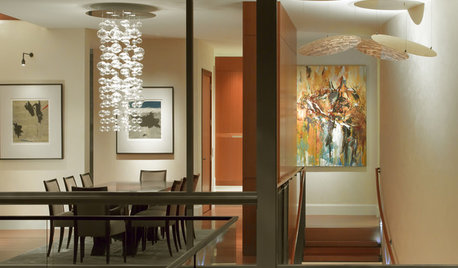
LIGHTINGCascading Chandeliers: All Kinds of Gorgeous
Decorate Overhead With Glowing Strands of Glass, Crystals and Shells
Full Story





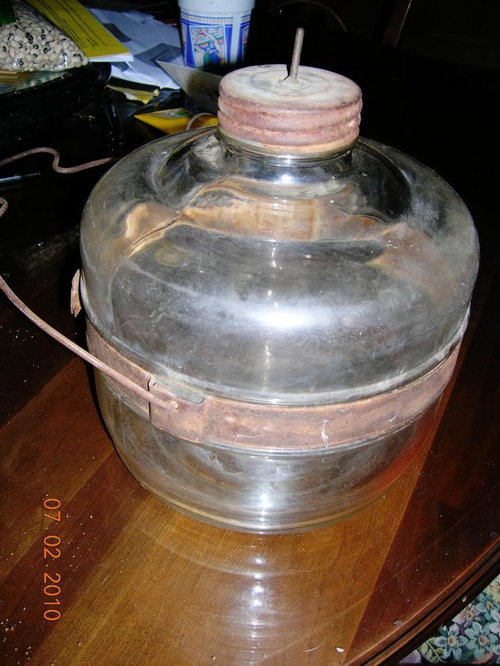
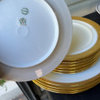



lindac
jemdandy
Related Professionals
Jacksonville Furniture & Accessories · Lorton Furniture & Accessories · Midland Furniture & Accessories · San Diego Furniture & Accessories · Nashville Interior Designers & Decorators · Crest Hill Painters · Gurnee Painters · Spanaway Painters · Springfield Painters · Vestavia Hills Painters · Rockville Furniture & Accessories · Parker Professional Organizers · Fort Worth Professional Organizers · Sacramento Professional Organizers · Verde Village Professional OrganizersPenny Potter